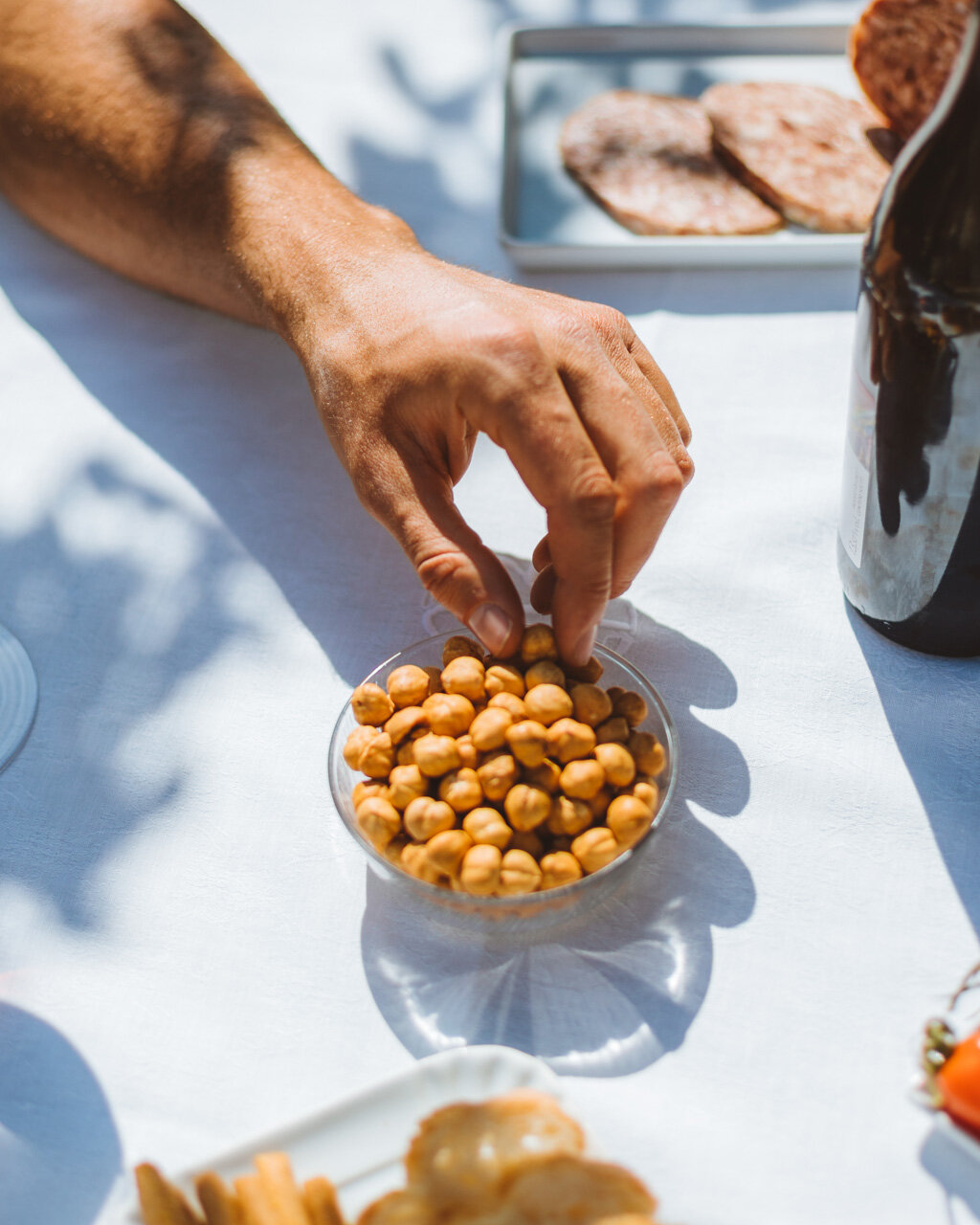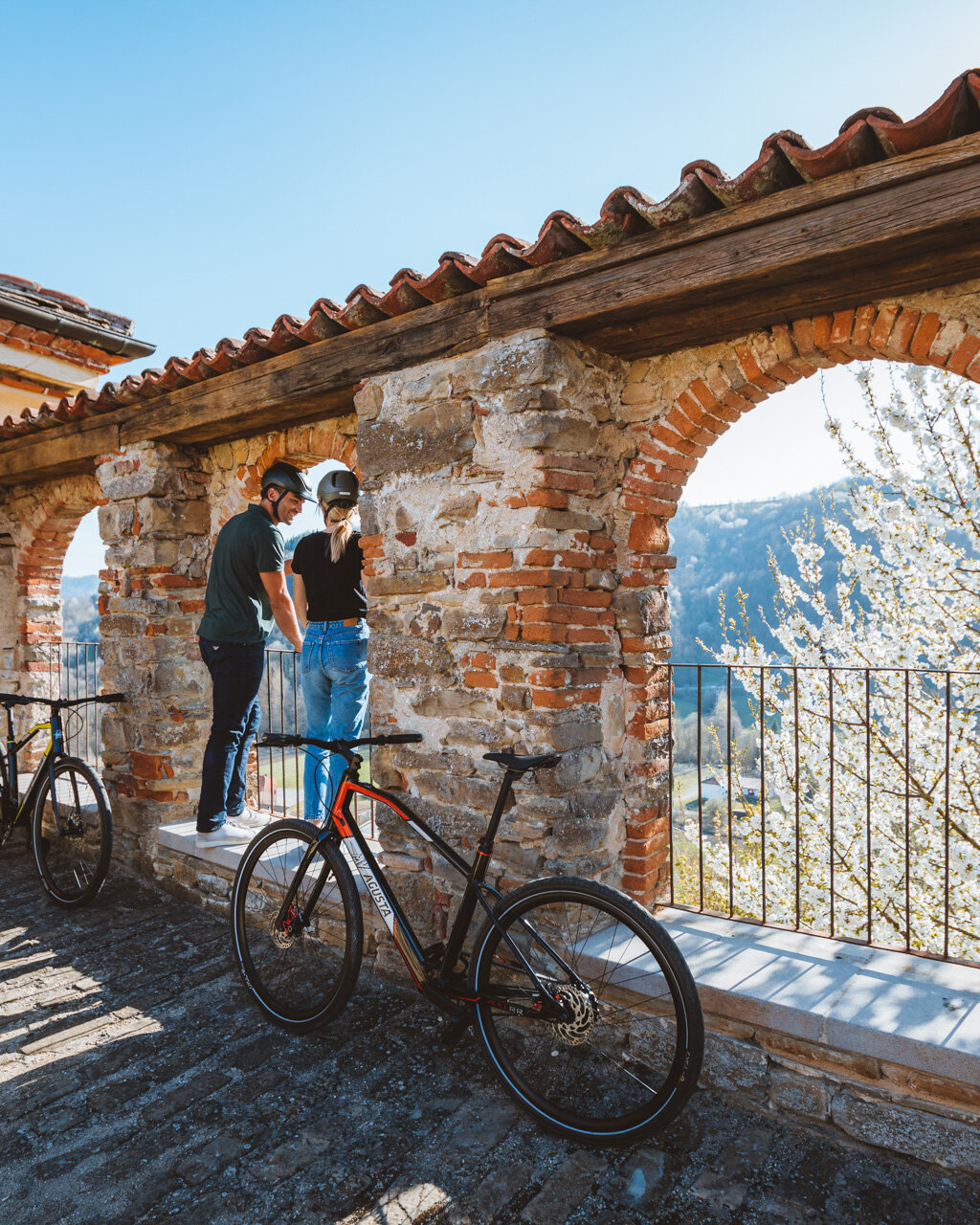Dolcetto, an intimately Langhe grape variety and wine, is lightly aromatic, with low acidity and tannins, and can be paired gently with the endless theory of traditional hors d'oeuvres, with which it really gets on very well. You can taste it at the Bottega del Vino (local Wine Shop) in downtown Dogliani. The landscape is ever-changing and fascinating, to the extent that President Einaudi was eager to hide here, far away from the affairs of state, to tend his vineyards with painstaking care and love.
Find out more

Alta Langa of the Belbo
Find out moreA detour should definitely be made to the archaeological site of Augusta Bagiennorum, a Roman city set between the current Bene Vagienna and Narzole, where the evocative theatre is still in use during the summer festival, whereas much of the village is yet to be discovered. Roman vestiges and an old town with plenty of palaces and churches make Bene Vagienna a lovely place to wander around and savour the atmosphere of a village with vineyards in the background and the plain just ahead.
Find out more

The Langa of Barolo
Find out moreFrom Monforte d’Alba we climb up to the tiny village of Cissone (the birthplace of one of Piedmont's greatest cabinet-makers, Luigi Prinotto) walking past the beautiful cemetery church of the Nativity (15th-century fresco) to get to Serravalle Langhe (see itinerary Alta Langa of Belbo), where you should visit the Oratorio di San Michele with Tremlett's modern contaminations set next to 15th-century frescoes. Our trail continues as a sort of roller coaster always on the ridge in-between forgotten hamlets (such as the surreal Paradiso hamlet), solitary little churches (San Lorenzo, Madonna della Neve, San Martino) and fairytale views.
Find out more

Alta Langa of the Tanaro
Find out moreFrom Belvedere Langhe, just like the merchants of yesteryear who had many different routes to choose from, we descend and go back to Dogliani.
PLEASE NOTE: Responsibility for the maintenance and practicability of the various trails lies with the municipalities where the routes are located. The Tourist Board, therefore, cannot be held responsible for any inefficiencies, but is willingly available to collect your reports so that they can be forwarded to the authorities concerned.


